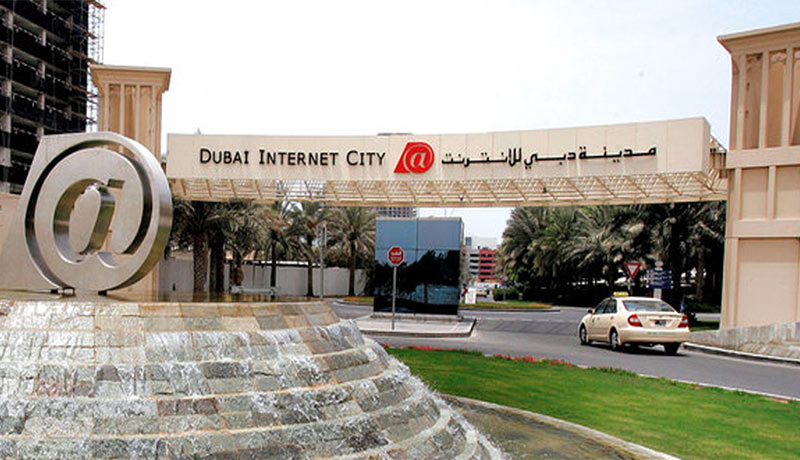
The adoption of interactive augmented reality (AR) advertising is one of several technology-driven tools accelerated by the COVID-19 pandemic, leading proponents revealed during Dubai Internet City’s Fireside Chat, a digital forum bringing together key industry voices to share knowledge and insight on the rapidly-evolving digital economy.
Vishal Badiani, Creative Strategy Lead for MENA at Snapchat, Benjamin Schwartz, GTB Dubai Digital Business Director, and Mike Khouri, Managing Director of Tactical attended the session, titled ‘The Power of Augmented Reality in Advertising in the MENA Region’. All three companies operate out of Dubai Internet City, the region’s largest technology ecosystem that is home to 1,600 tech businesses and 25,000 people.
With global mobile AR advertising revenue forecast to grow from $1.41 billion in 2020 to $8 billion in 2024, according to ARtillery Intelligence, the three experts showed that advertisers who are investing in AR advertising across MENA are already winning.
 For his part, Badiani said: “AR isn’t as complex as you might think; the smartest advertisers in the MENA region are already using it and, moving forward, it’s something that more customers will want. This is not a technology for tomorrow. It’s for right now. Especially the ‘now’ we find ourselves in, where customers are evaluating the risk and benefit associated with any and everything that requires physical contact – from the people in your store, to the surfaces, to the product displays and the POS.”
For his part, Badiani said: “AR isn’t as complex as you might think; the smartest advertisers in the MENA region are already using it and, moving forward, it’s something that more customers will want. This is not a technology for tomorrow. It’s for right now. Especially the ‘now’ we find ourselves in, where customers are evaluating the risk and benefit associated with any and everything that requires physical contact – from the people in your store, to the surfaces, to the product displays and the POS.”
Schwartz spoke about the success of GTB Dubai’s major AR-driven campaign for US luxury car company Lincoln, which performed phenomenally well during the UAE’s precautionary measures to combat COVID-19. While it was not designed for the pandemic, the company created a Snapchat AR Lens experience that allowed customers to see the car for themselves in the car, without having to visit the showroom – highlighting the affluence of the Snapchat audience and demonstrating that AR Lenses can be about utility and education, as well as fun and entertainment.
The campaign data speaks for itself, Schwartz explained: “The average time spent with an AR Lens experience on Snapchat is around 12 seconds in the region, yet we had over 8.5 million people opt-in and choose to play with our Lincoln AR Lens, on average, for 38 seconds – more than three times the industry standard. The campaign ran for six weeks in three countries, generating in excess of 100,000 swipe-ups. While it wasn’t built for COVID-19, it became the most valuable asset in our toolkit because people could experience our new nameplate without leaving the safety of their own homes.”
Luxury products, such as cars or make-up, represent a unique opportunity for AR advertising, according to Khouri, who developed an innovative try-before-you-buy Snapchat experience for MAC Cosmetics.
He said: “We created a virtual shopping experience for MAC and digitally placed the product in consumers’ hands. The Snapchat Lens allowed users to try three different makeup looks and it has been viewed over 3.7million times. The success of AR is measurable and real; the technology might be augmented but the results are firmly reflected in reality. The appeal of AR experience has evolved from novelty to necessity and now is the time to make it work for you.”
All three speakers agreed that the UAE is uniquely poised to capitalise on the advertising opportunities created by AR thanks its ease of doing business, state-of-the-art infrastructure and status as the regional hub for talent and technology.
